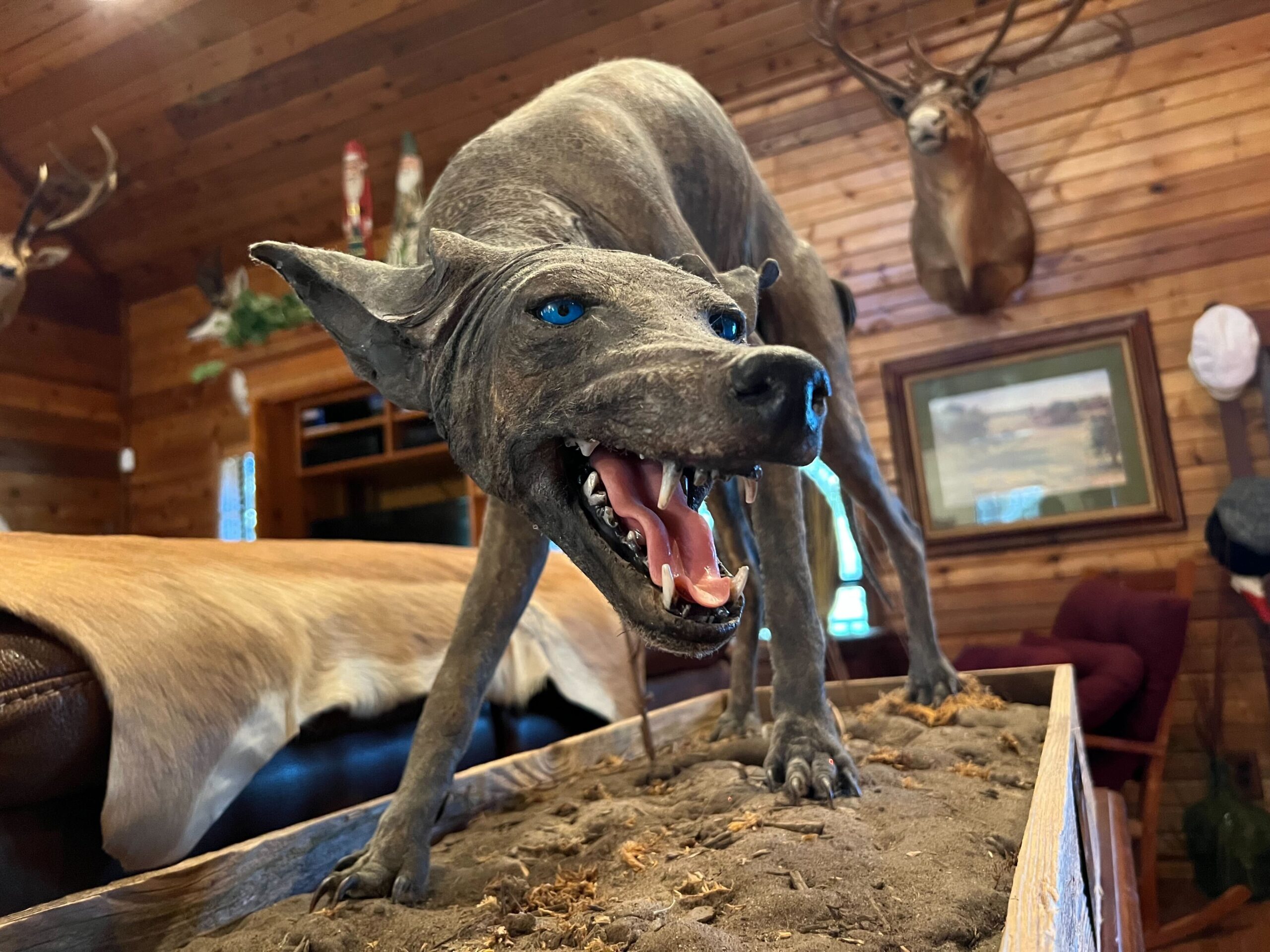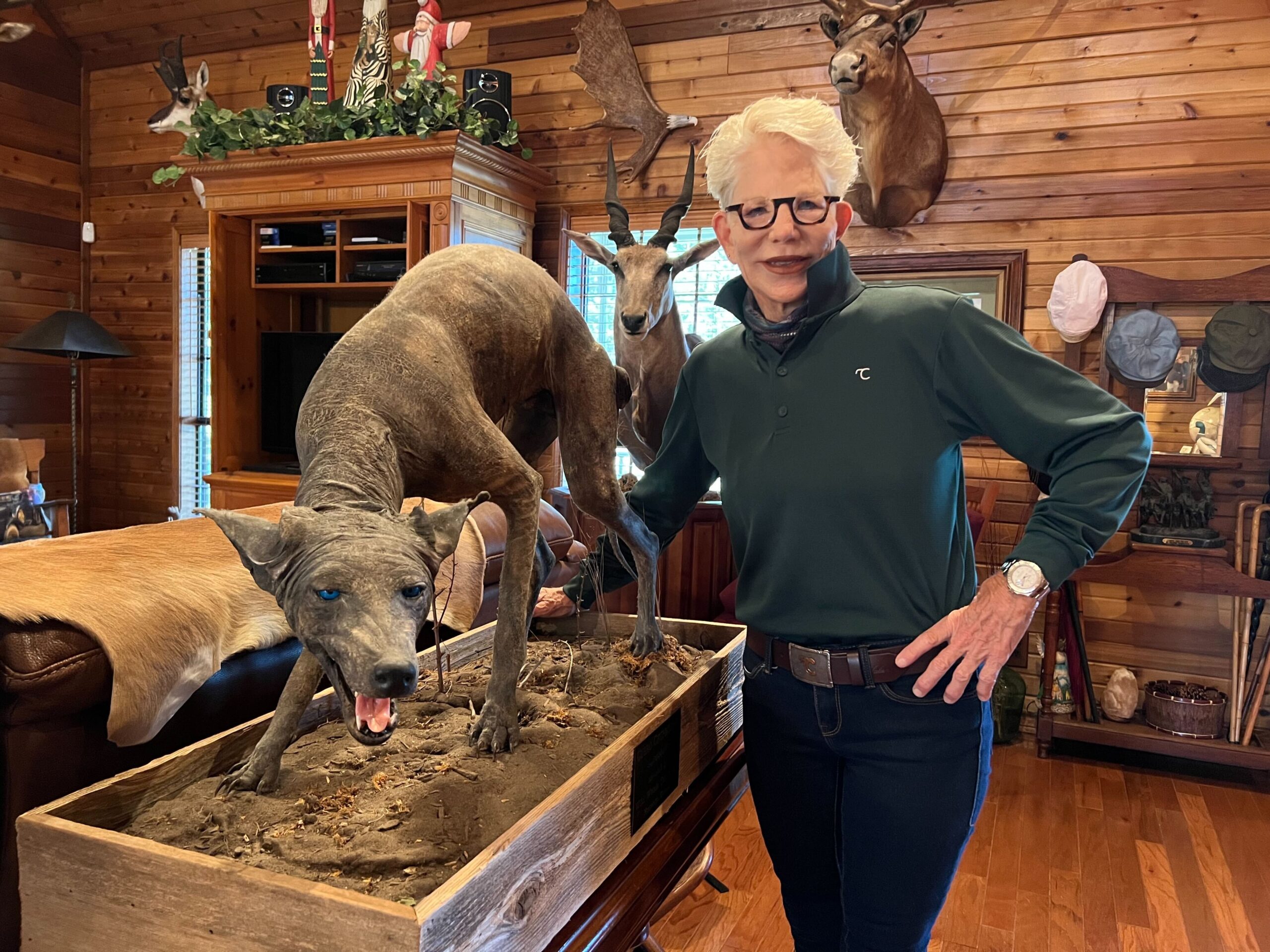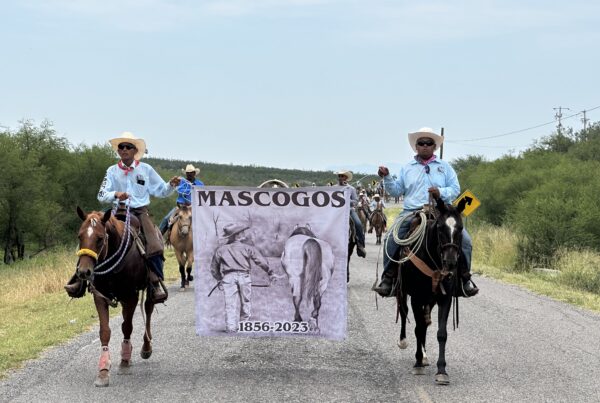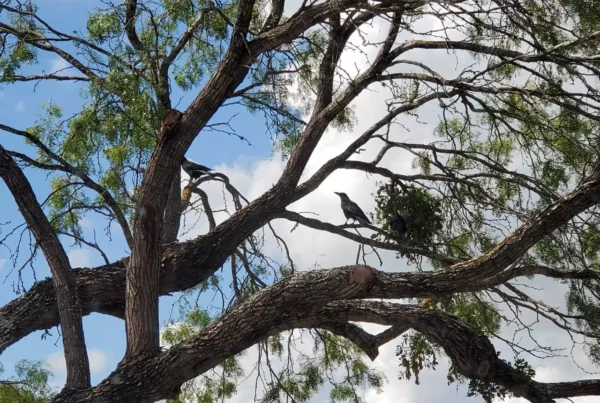There are some creatures we make a point to avoid, and then there are some who remain a mystery to us.
Of the Texas legends and stories passed down through generations, the story of the Chupacabra is a relatively new one. But what is a Chupacabra?
“The literal translation is ‘goat-sucker,’” says Ayden Castellanos, host of the podcast, Susto. “It’s this creature that is said to suck the blood of farm animals. And some may go as far as to say that it will attack humans, as well.”
» RELATED: ‘Susto’ podcast highlights and preserves the spooky folk tales of South Texas and beyond
The stories of mutilated and blood-drained livestock started in Puerto Rico and migrated along with settlers to Mexico, Texas and beyond. Sightings of the Chupacabra in the state have mainly been within the last century and as recently as 2022 in Amarillo.
There is one place in Texas once known as the “Chupacabra Capital of the World”: Cuero, TX, in DeWitt County – a town just south of Lockhart and east of San Antonio.
Mayor Sara Post-Meyer says Cuero’s old nickname has been replaced by others.
“DeWitt County was designated ‘Wildflower Capital of Texas’ by the Texas Legislature because there are close to 3,000 different species of wildflowers,” Post-Meyer said.
But behind these picturesque ranch lands, there are curious creatures roaming. Just ask rancher Phylis Canion – she has one stuffed and displayed in her living room.
“The first time I saw it, we had just gotten back from Africa,” she said. “And, you know, you see everything in Africa. And then I come home and, oh my God, the weirdest thing I’ve ever seen was right here on our ranch in Texas.”















